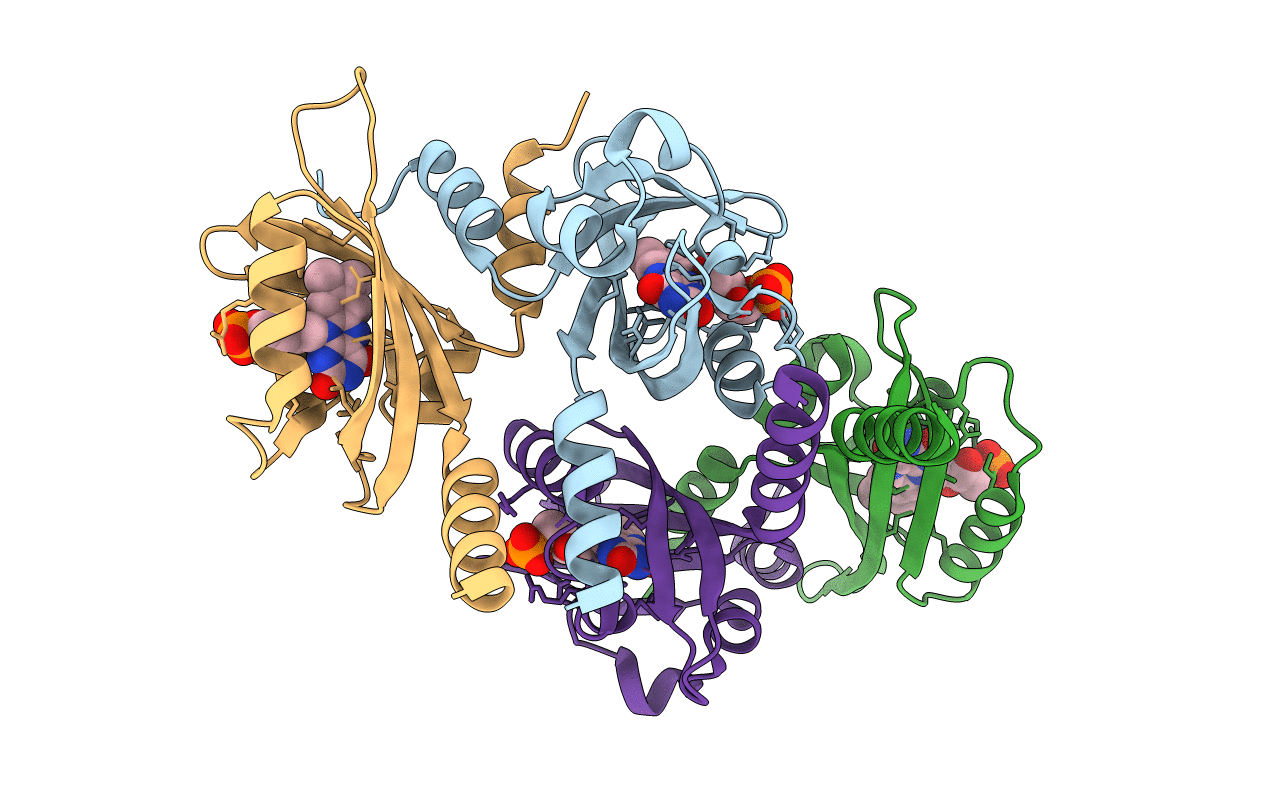
Deposition Date
2018-05-03
Release Date
2018-07-25
Last Version Date
2024-01-17
Entry Detail
PDB ID:
6GG9
Keywords:
Title:
Crystal structures of a short blue light photoreceptor protein PpSB1-LOV mutant (dark state) - R61H/R66I
Biological Source:
Source Organism:
Pseudomonas putida (Taxon ID: 303)
Host Organism:
Method Details:
Experimental Method:
Resolution:
2.04 Å
R-Value Free:
0.23
R-Value Work:
0.19
R-Value Observed:
0.19
Space Group:
C 1 2 1


